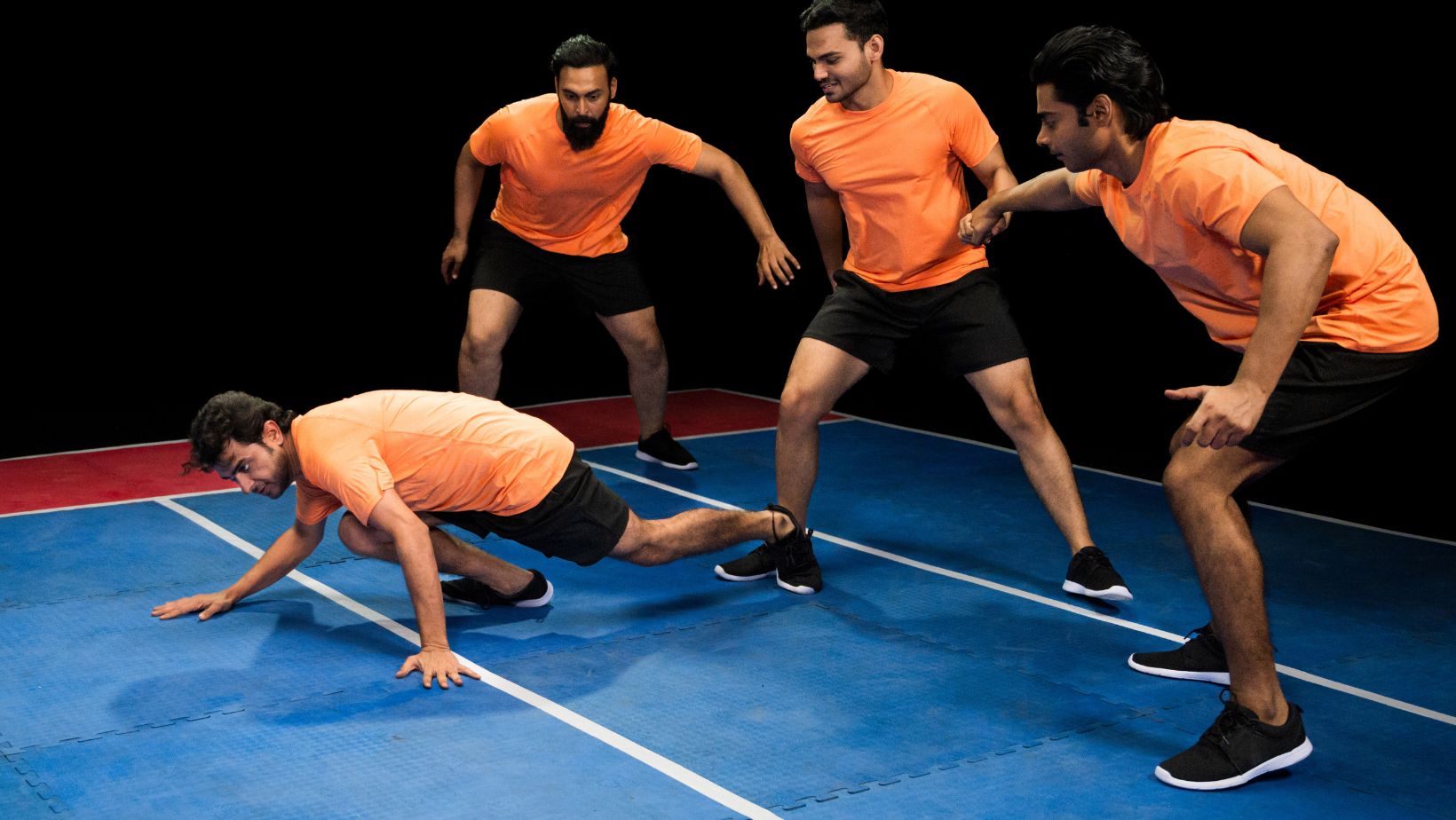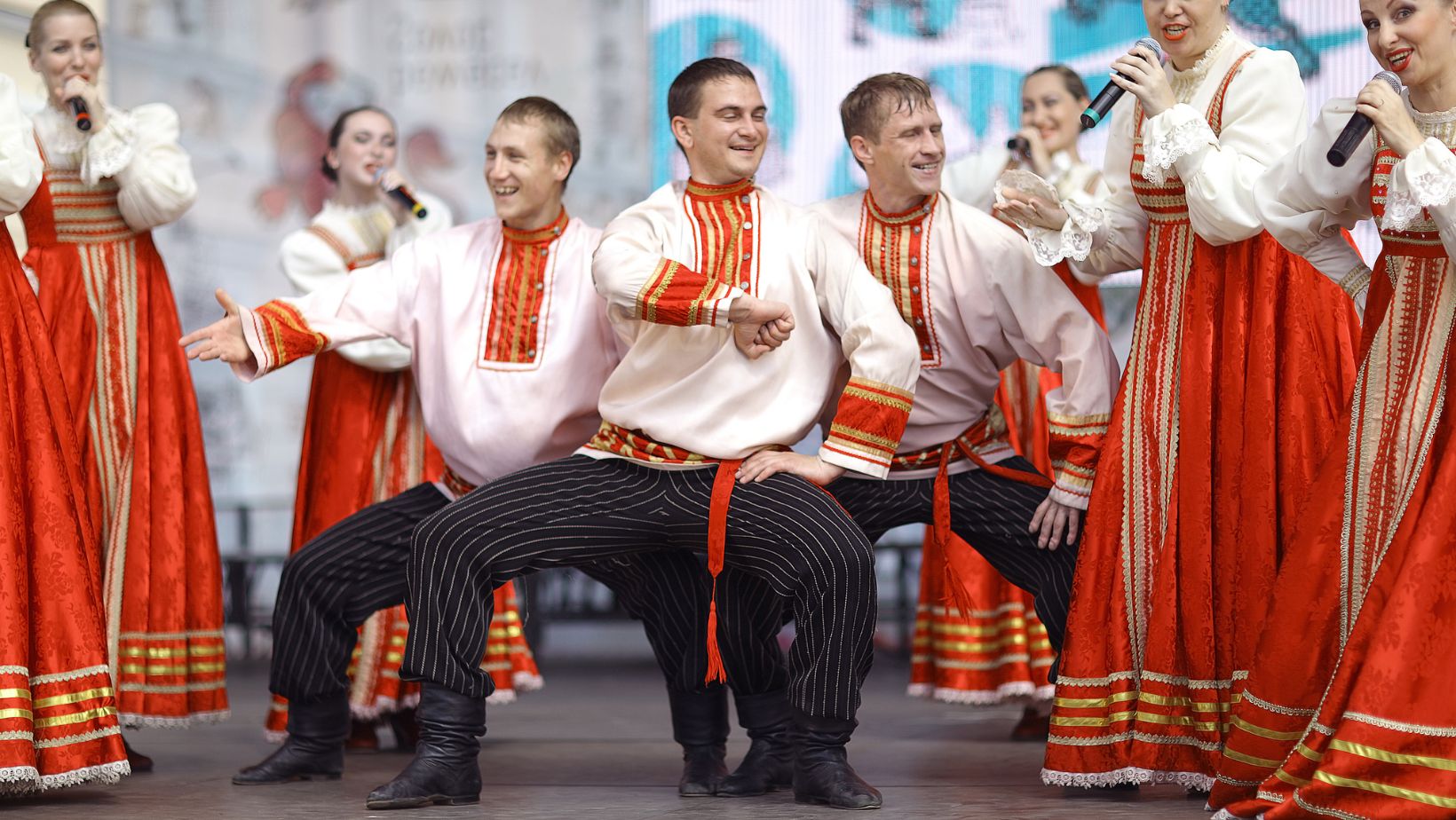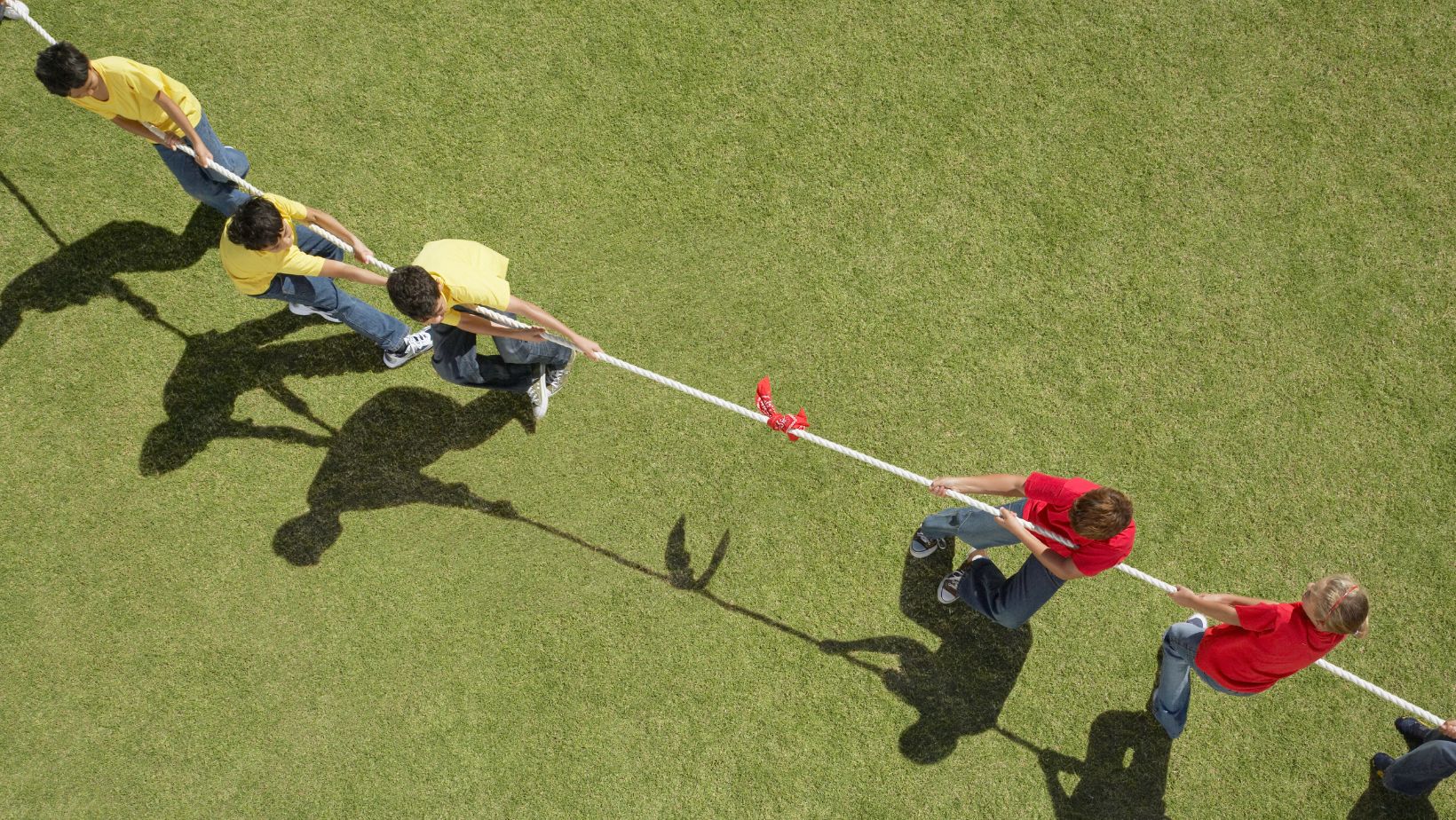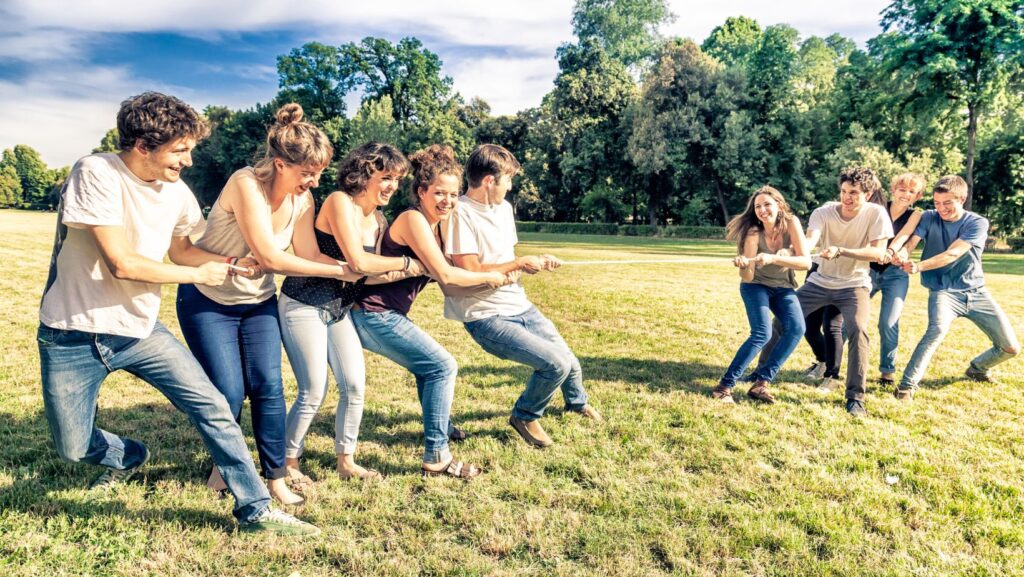
In the tapestry of global culture, folk sports weave a colorful and intricate pattern, embodying the traditions, values, and communal spirit of people around the world. These traditional games, often passed down through generations, offer a unique window into the lives and histories of communities, far beyond the reaches of mainstream sports. From the rugged highlands of Scotland, where caber tossing tests the might of its participants, to the serene backwaters of Kerala, India, where snake boat races draw thousands, folk sports captivate and unite spectators and athletes alike.
Exploring the world of folk sports reveals not just the diversity of physical prowess but also the rich cultural narratives that define and distinguish each sport.
Folk Sports
The Origin and Evolution

Folk sports have roots deeply embedded in the cultural soils from which they’ve sprung, evolving uniquely within communities over centuries. Originating as forms of entertainment, religious ceremony, or physical training, these sports have grown out of the everyday lives and experiences of people, reflecting their interaction with the natural environment and societal norms. For instance, sumo wrestling in Japan started in the Shinto religion as a performance to entertain the gods. In contrast, Highland games in Scotland, including the famous caber toss, were initially part of military training. Over time, folk sports have adapted to changes in society, with some gaining structured rules and international recognition. However, their essence remains deeply tied to showcasing skill, strength, and community spirit, rather than commercial success.
Cultural Significance and Variations Across Countries
The cultural significance of folk sports cannot be overstated, as they act as living museums of communities’ heritage, values, and collective memory. These sports vary widely across countries, reflecting the geographical, historical, and social fabric of each place. In Mongolia, for instance, the three manly sports – wrestling, horse racing, and archery – are central to the Naadam Festival, symbolizing martial prowess and national pride. Meanwhile, in Finland, wife carrying contests display not only physical strength but also a sense of humor and teamwork among participants.
Popular Folk Sports Around the World
Kabaddi: A Testament to Team Strategy and Strength

Originating in South Asia, Kabaddi combines elements of tag, wrestling, and chess, showcasing a unique blend of physical agility and strategic thinking. Teams take turns sending a “raider” into the opposing team’s half, aiming to touch as many players as possible and return to their own half without being tackled. Success in Kabaddi hinges on teamwork, quick reflexes, and the ability to anticipate opponents’ moves. It’s not just a game; it’s a reflection of the cultural values of strength, agility, and teamwork revered in its places of origin.
Hurling: An Ancient Gaelic Game
Hurling, one of the world’s fastest field sports, is a jewel in the crown of Irish culture. Played with a wooden stick called a hurley and a small ball known as a sliotar, players demonstrate skillful mastery in hitting, catching, and carrying the ball to score against the opposing team. This ancient sport, rooted in mythical lore and history, transcends mere competition, embodying Irish heritage and the communal bonds forged through shared endeavor and passion.
Sumo Wrestling: Japan’s Revered Martial Art
Sumo wrestling, more than just a sport, is a living symbol of Japan’s cultural legacy. Dating back centuries, sumo was originally part of a Shinto ritual to entertain the gods, ensuring a fruitful harvest. Today, it remains steeped in ritual and tradition, with wrestlers (rikishi) engaging in bouts that blend physical might with strategic depth. Its significance extends beyond the ring, reflecting values of honor, respect, and perseverance deeply entrenched in Japanese culture.
Highland Games: Scotland’s Display of Athletic Prowess
The Highland Games stand as a testament to Scotland’s historical martial traditions, showcasing a series of athletic contests that range from the iconic caber toss to the hammer throw and tug o’ war. Participants, adorned in traditional kilts, compete in events that emphasize strength, endurance, and skill, encapsulating the spirit of the Scottish Highlands. Beyond the competitive element, the Highland Games serve as cultural celebrations, uniting communities through music, dance, and the enduring legacy of Scottish heritage.

